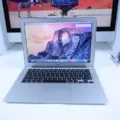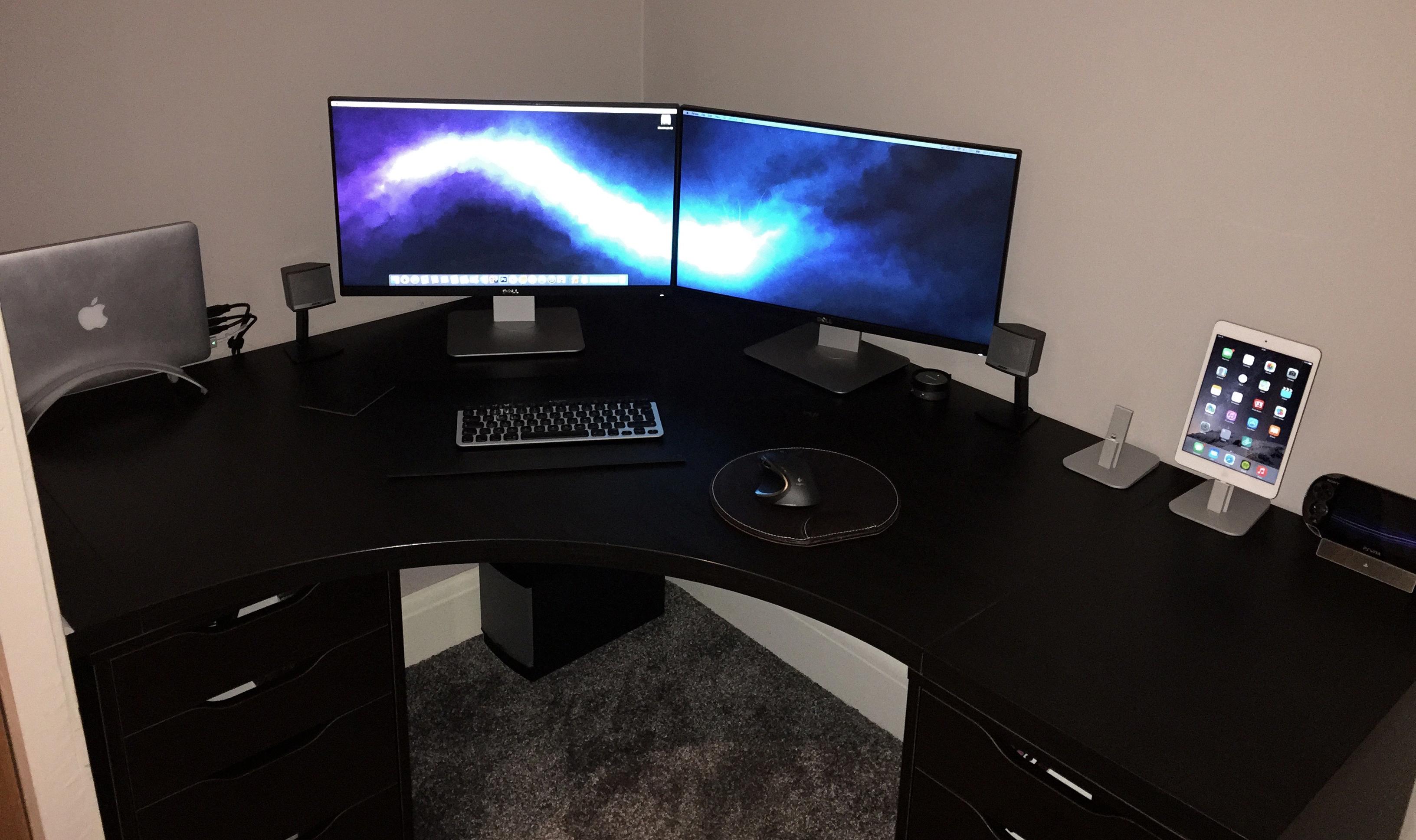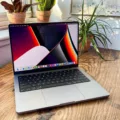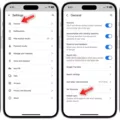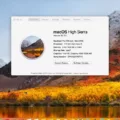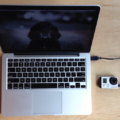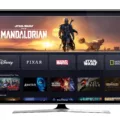If you’re lookng for an efficient and powerful way to make the most of your MacBook Air, then look no further than setting up dual monitors. Dual monitors are a great way to increase productivity, allowing you to work across multiple screens with ease. But can a MacBook Air handle dual monitors? The answer is yes!
Dual monitors are becoming increasingly popular, and thankfully the MacBook Air can handle this setup with relative ease. With two displays connected to your laptop, you’ll be able to take full advantage of its processing power and multitask like never before. You’ll also be able to benefit from increased visibility and larger workspace layouts which can help make workflows more efficient.
To get started, you’ll need an external monitor or two – it doesn’t have to be Apple-branded – as well as the correct cables or adapters for connecting them. If your laptop has a Thunderbolt 3 port, then you can use one cable for connecting two displays; if not, then you may need multiple cables or adapters depending on what type of ports your external displays have. Once everyting is connected properly, the next step is configuring how the displays will display information.
On a Mac computer, head over to System Preferences > Displays where you’ll find all the settings needed to configure your dual monitors correctly. You can also set up mirroring so that both displays show the same content or extend so that each display shows different content.
Once everything is set up correctly, you should see two separate screens displaying information in whatever configuration you chose – making it easy for you to take advantage of the extra space created by having two separate displays. You can drag windows between both screens or even make use of third-party tools like MaxSnap or Dualless whih make it easy to quickly move windows between different monitors with just a few clicks of your mouse.
So if you want an efficient way to make the most out of your MacBook Air without having to upgrade hardware, then setting up dual monitors should definitely be something worth considering!
Connecting Two Monitors to a MacBook Air
Yes, it is posible to connect two monitors to your MacBook Air. Depending on the model of your MacBook Air and the type of monitors you have, you may need an adapter. If your MacBook Air has a Thunderbolt port, then you can use a Mini DisplayPort or Thunderbolt cable to connect one monitor directly to your Mac. You can also daisy-chain additional displays with Thunderbolt 2 or higher. If your MacBook Air does not have a Thunderbolt port, then you will need an adapter that connects from the Mini DisplayPort on your Mac to the type of port found on the monitors (e.g., HDMI, VGA, DVI). Once connected, simply open System Preferences > Displays and select ‘Detect Displays’ to detect and configure both monitors.
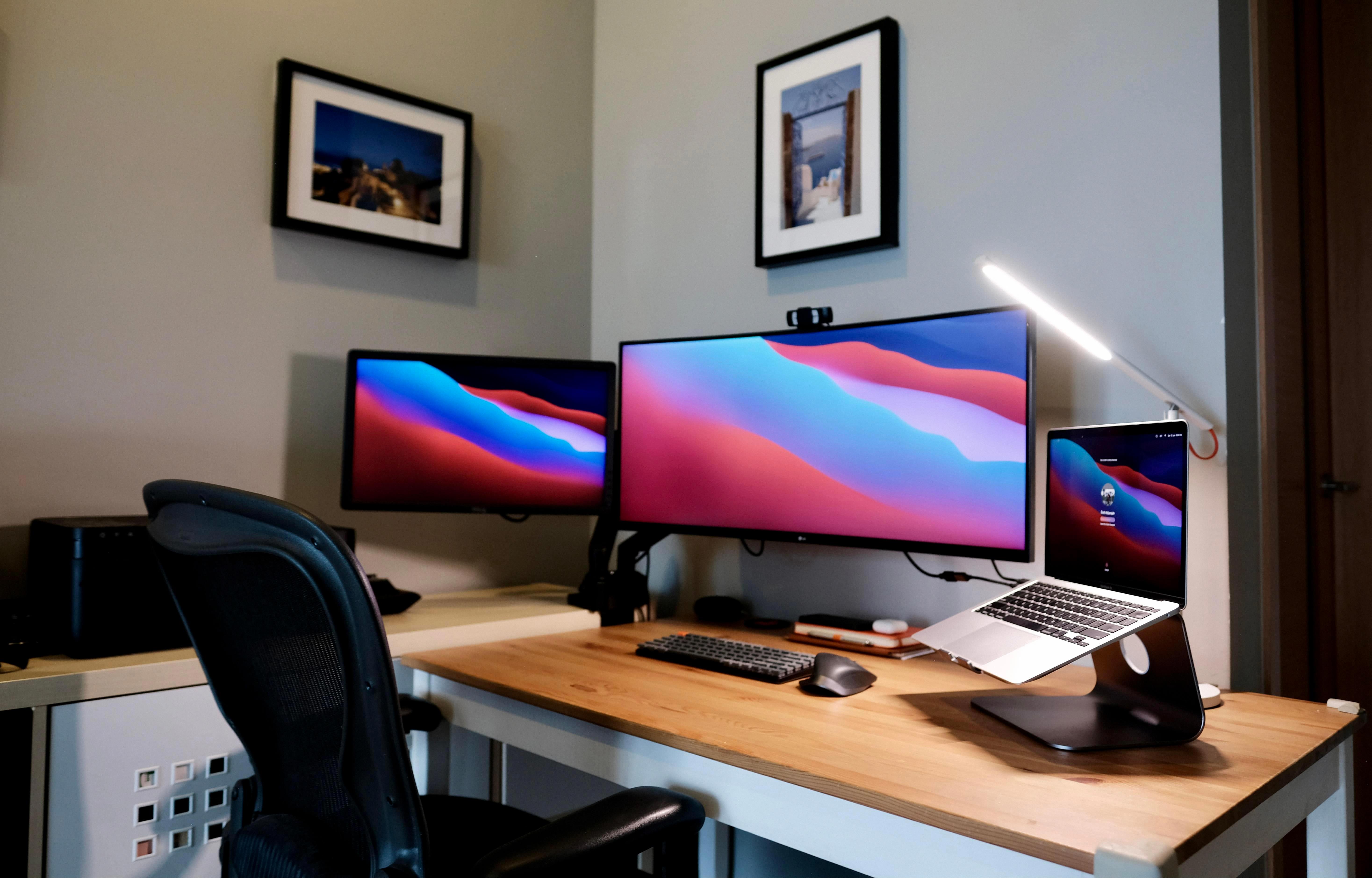
Source: cultofmac.com
Does the MacBook Air M1 Support Dual Monitors?
The M1 MacBook Air models do not support dual monitors natively. While the M1 Mac Mini supports up to two external monitors, the M1 MacBook Air and MacBook Pro support only one external display. If you require dual monitors with your M1 MacBook Air, you can use a USB-C dock or adapter that supports multiple displays, such as a USB-C to HDMI or DisplayPort adapter. Please note that some additional hardware may be necessary in order to connect multiple displays to the laptop.
Troubleshooting Mac Issues by Connecting a Second Monitor
If your Mac is not detecting a second monitor, there are a few possible causes. First, make sure that the display cable is securely connected to both the Mac and the second monitor. Then check the resolution and brightness settings in System Preferences > Displays. If those settings are correct, try holding down the Option key while clicking Scaled in System Preferences > Displays and then selecting Detect Displays. If that doesn’t work, check to see if there is any adapter software or firmware updates available for your Mac or monitor and install them if necessary.
Is the MacBook Air M1 Compatible with 4K Resolution?
Yes, the MacBook Air M1 is capable of running a 4K display with no issues. The updated Retina display has a resolution of 3840 x 2400, making it easily capable of providing a 4K experience. The M1 processor and integrated graphics are powerful enough to run any type of 4K content with no lag or stuttering. Additionally, the system includes an optimized cooling system that prevents thermal throttling, ensuring smooth and consistent performance when running intensive tasks such as 4K video playback or gaming.
Troubleshooting Mac’s Limited Monitor Detection
If your Mac is only detecting one monitor, it’s likly due to a problem with the connection or settings. Check that all the cables and adapters are properly connected, and that you set up the display correctly. You should also make sure that your Mac is capable of driving multiple displays. If you’re using an adapter, like a USB-C to HDMI adapter, try chaining multiple adapters if necessary. If none of these solutions work, contact Apple Support for further assistance.
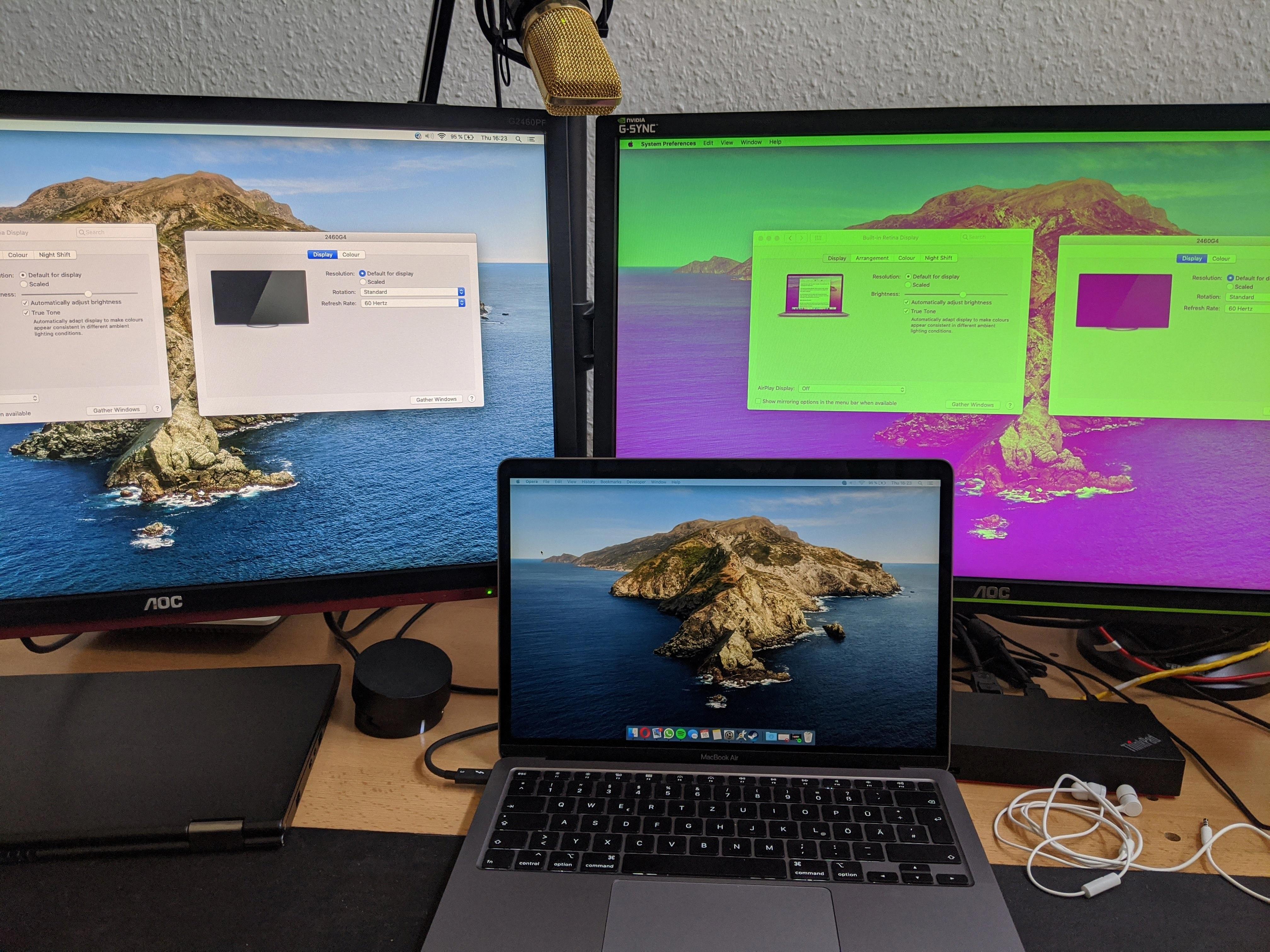
Source: discussions.apple.com
Maximum Number of Displays Supported by MacBook Air
The MacBook Air (M1, 2020) can connect up to two external displays. You can use either the Thunderbolt 4 (USB-C) or HDMI ports on the back of the computer to connect your displays. Additional displays can be connected using USB-C hubs or docks with additional ports. The maximum resolution supported is 6K (6016 x 3384) for one external display and 4K (4096 x 2304) for two external displays.
Using Multiple Monitors to Display Different Content
In order to display different tings on two monitors, you will need to adjust your display settings. First, right-click on your desktop and select “Display”. From the display window, select the monitor that you wish to be your main display. Check the box that says “Make this my main display” and click [Apply]. The other monitor will then automatically become the secondary display.
Once both monitors are set up, you can open a program or application on one monitor and a separate program or application on the other. You can also drag windows from one monitor to another if desired. To do this, simply click and hold the title bar of the window you would like to move and drag it over to the other monitor.
If you ever need to switch wich monitor is primary or secondary, simply repeat this same process.
Splitting Screen Between Two Monitors
Splitting your screen between two monitors is a simple process. First, open the Start menu and select Control Panel. In the Control Panel, select Appearance and Personalization and choose Adjust Screen Resolution. From the Multiple Displays drop-down menu, select Extend These Displays. This will split your desktop between both monitors. Finally, click OK to save your changes and enjoy your new dual-monitor setup.
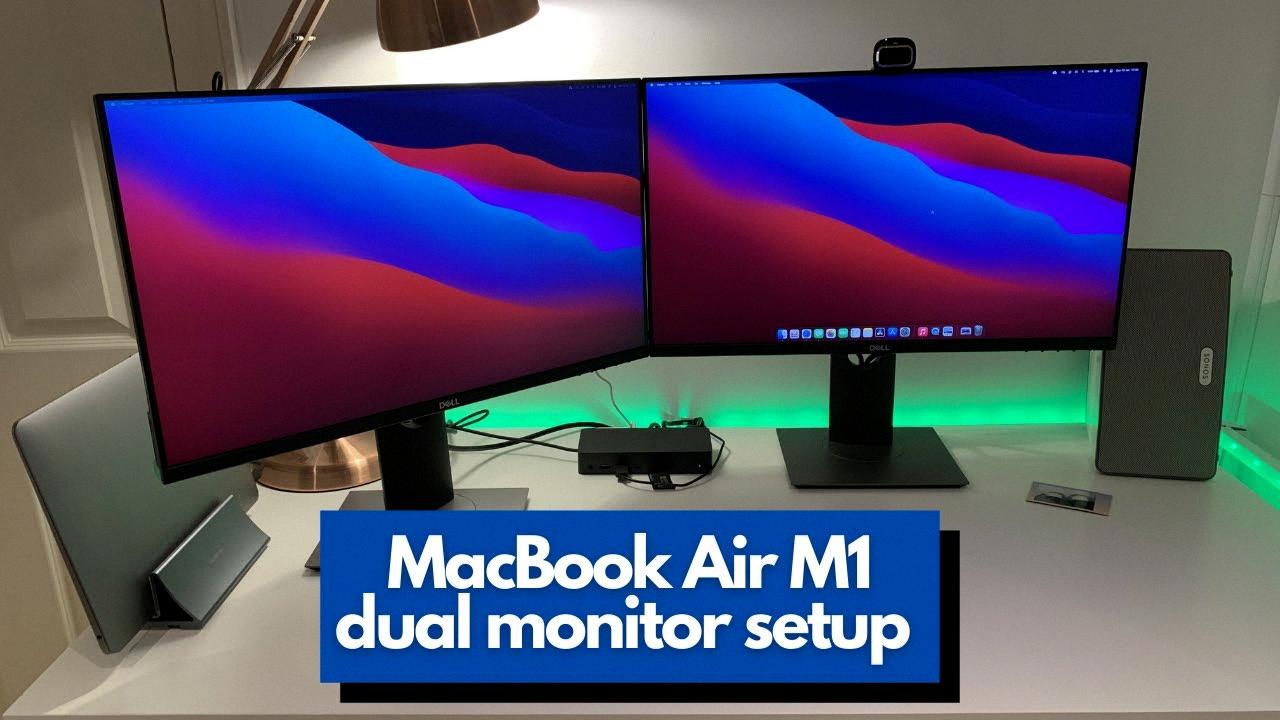
Source: youtube.com
Conclusion
The MacBook Air dual monitor setup is an ideal choice for those who need a powerful, lightweight laptop with the ability to run two monitors simultaneously. The setup offers a wide range of features, such as multiple ports for connecting external displays and high-performance processors for running intensive applications. It also has long battery life and reliable wireless connectivity, making it ideal for use in any work or home environment. With its slim profile and light weight, the MacBook Air dual monitor setup makes it easy to take your work anywhere you go.

